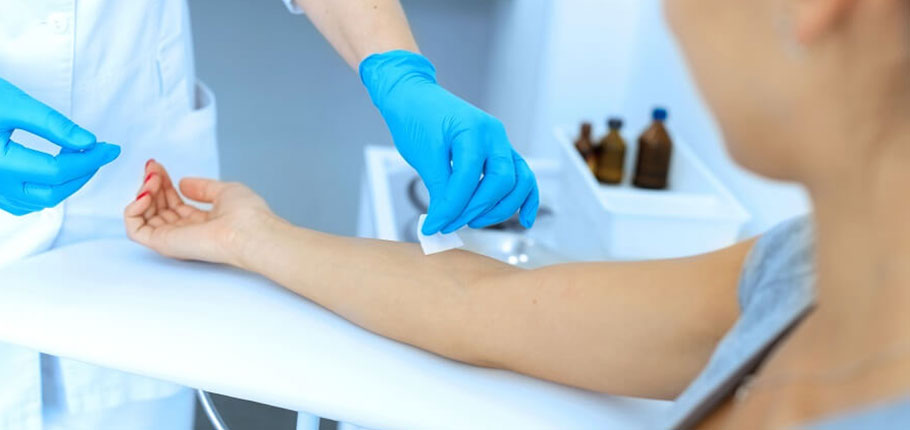Phlebotomy is the act by which blood to be used for analysis is removed from the circulatory system through a cut or a rapture of a blood vessel. The same activity can also be used as part of the treatment of certain blood disorders in a patient.
Reasons for performing phlebotomy
Therapeutic phlebotomy is mainly carried out to treat polycythemia Vera individuals. Such persons are said to have increased volumes of red blood cells in the body than the normal person. In other instances, phlebotomy is used as a means of treating disorders that cause the unrecommended increase of iron in the blood of a patient.
Examples of such disorders include; hepatitis B, hepatitis C, hemochromatosis, and others. When it comes to blood donation, the same procedure is used by specialists to remove the blood from the body of the patient, as well as analyzing its constituents. The same activity can also be used in carrying out the procedure of reducing the blood volume for pulmonary edema patients.
Preparation for phlebotomy
Patients whose blood is to be drawn for diagnosis are asked to stop feeding or to discontinue their medication for a specified period before the blood test. On the other hand, blood donating individuals are usually requested to offer their brief medical history, their blood pressure is taken, and their hematocrit is also checked with a finger stick test before donating their blood.
Procedure
The phlebotomist is the name assigned to the nurse or a technician who performs this activity. To become a phlebotomist, you need to be well trained and of course you should have passed some crucial tests offered at the field. These specialists usually take blood from the specified body parts of patients such as from the veins that are just below the elbow or from the veins found on the back of the hand. The skin covering these areas is wiped with antiseptic substance, and tying that specific hand with an elastic string. Doing so makes more blood to be retained within the arm, as well as making the veins to be more visible.
Afterward, the phlebotomist feels the veins to select the appropriate one. After selecting the vein, the technician inserts the needle into it, which is then followed by releasing the elastic band. when the appropriate amount of blood is collected, the needle is then withdrawn from the vein. Notably, some tests require a small amount of blood for diagnosis. In case of such a condition, the technician should use the finger stick for blood collection. Here, a small needle or a lance makes a small cut on the surface of a finger, whereby a small amount of blood from this part would be collected in a thin glass tube. Besides, the tip of the finger may be squeezed to get more blood on the surface of the cut part.
Aftercare
After the blood is withdrawn, and the needle is removed, a ball of cotton wool is reinforced on the puncture site to stop it from bleeding, which is then followed by covering it with a bandage. After this operation, the patient may be encouraged to rest for a short period. Alternatively, the blood donor may also be asked to eat regularly or drink plenty amount of fluid within 24 hours after the operation to replace the lost blood. Patients who experience swelling, or continuous loss of blood from the puncture, are advised to seek immediate medical attention after the operation.
Risks
Some patients experience mild soreness or some small bruise on the puncture part which may take a long period to heal. It has also been proven that some blood donation individuals suffer from anemia after the operation. Invasive procedures may also lead to some risks like infections. These risks can be minimized by the use of sterilized packaged medical equipment as well as paying close attention to proper phlebotomy techniques. Want to know more about phlebotomy techniques? Visit vocationaltraininghq.com to get more information.






hi, there is no doubt that you always shared good content and it is one of them. Keep doing your best.